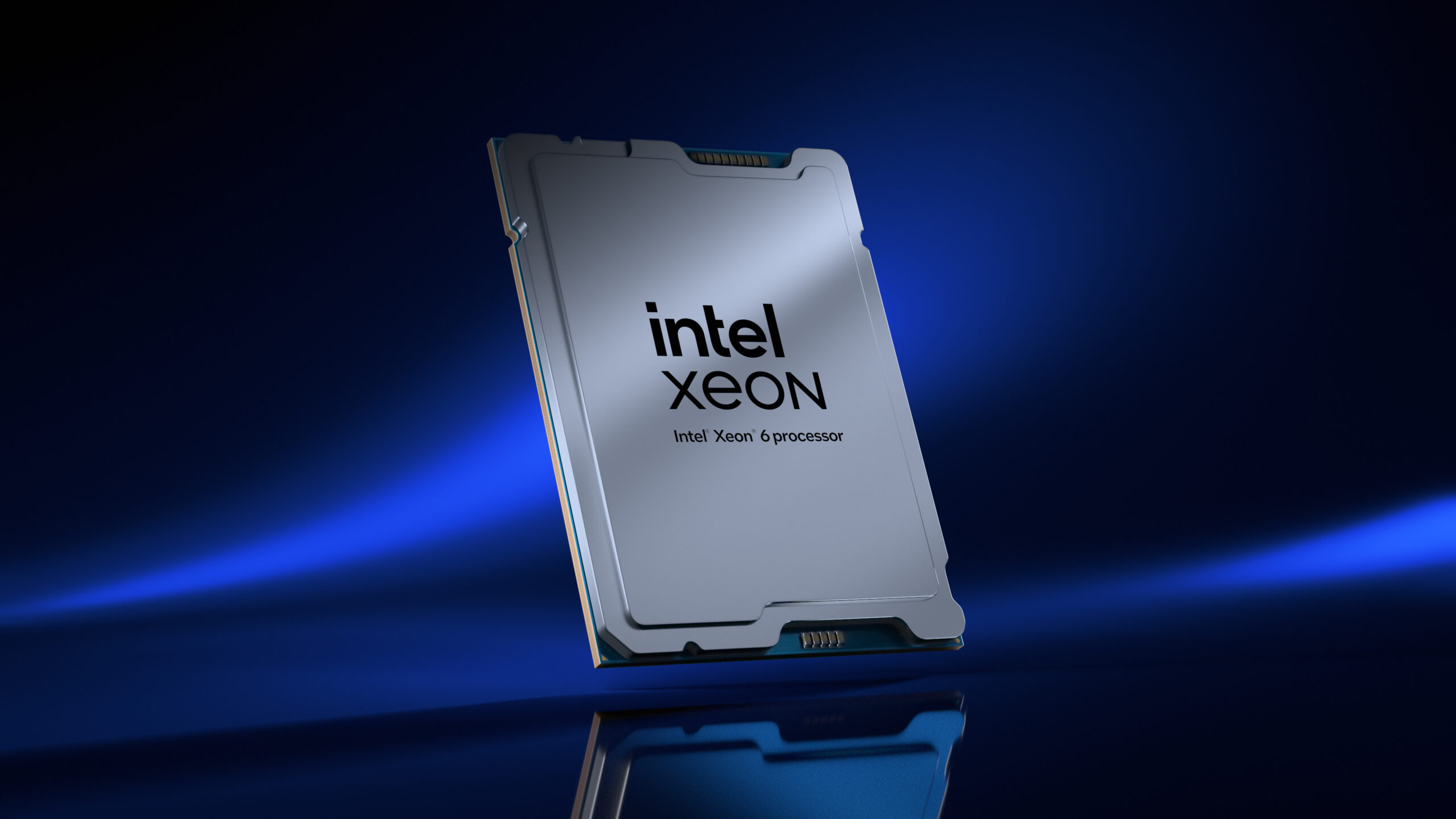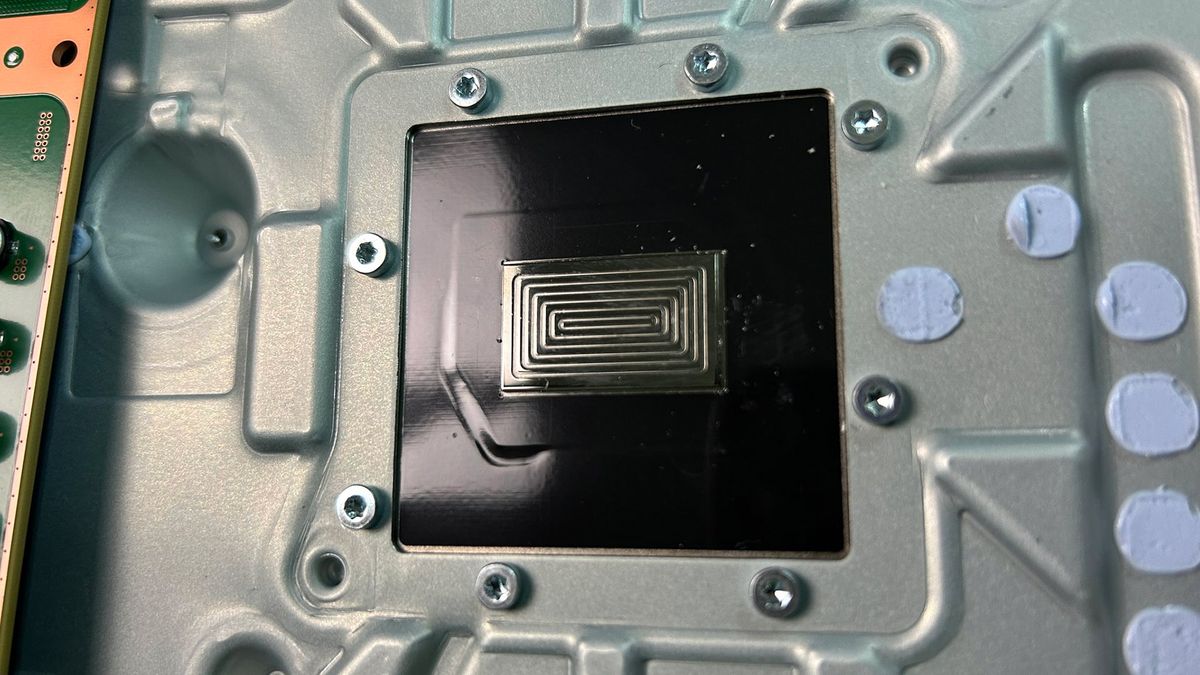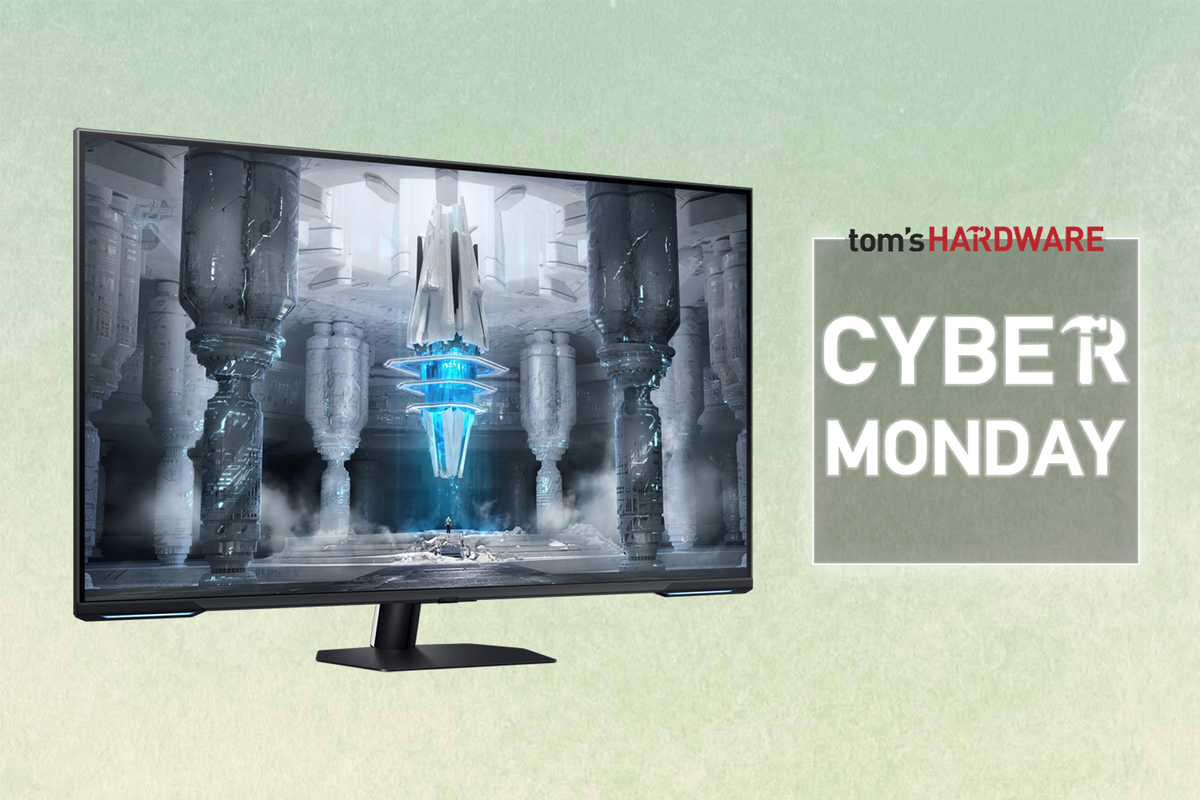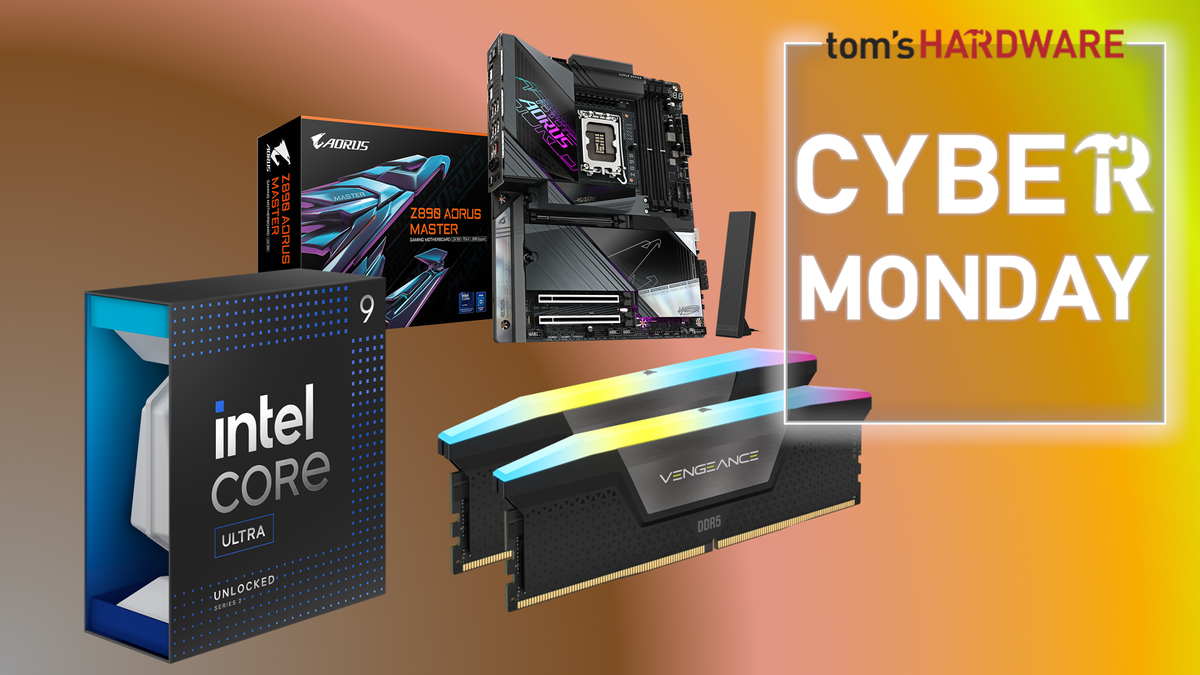Intel and its partners revealed a number of new details about the company's upcoming products, such as Diamond Rapids CPUs for data centers as well as Jaguar Shores accelerators for AI at its AI Summit in Seoul, South Korea. Both products are set to rely on next-generation memory technologies, such as 2nd-generation MRDIMM modules and HBM4 stacks, according to Newsis.com.
Intel's next-generation Gaudi AI accelerator, codenamed Jaguar Shores — this is the first time Intel has confirmed that this processor will carry the Gaudi brand — will use HBM4 memory from SK hynix, according to a slide shown by the company at Intel's AI Summit. Intel's Jaguar Shores was intended to succeed the company's Falcon Shores GPU in 2026, but since the latter has been cancelled, the company's 2026 Gaudi accelerator for AI will be its first AI GPU since the ill-fated Ponte Vecchio.
It is not particularly surprising that Intel's Jaguar Shores will rely on HBM4 memory in 2026, considering it needs high bandwidth to enable AI training and inference for advanced LLMs and LRMs. However, for now, it is impossible to determine how many HBM4 stacks Jaguar Shores will use, as we know nothing else about the product.
Another product that we don't know much about is Intel's next-generation Xeon, codenamed Diamond Rapids. This CPU will utilize SK hynix's 2nd-generation 64 GB (16 GB-based) and 128 GB (32 GB-based) MRDIMM modules, although the primary difference between 1st Gen and 2nd Gen MRDIMMs is expected to be performance.
Multiplexed rank dual inline memory modules (MRDIMMs) are memory modules that integrate two DDR ranks operating in a multiplexed mode to effectively double performance. To support this, each module includes additional memory devices, an MRCD chip for simultaneous access to both ranks, and MDB chips for multiplexing and demultiplexing data. The CPU communicates with the 1st Gen MRDIMM at 8,800 MT/s transfer rates, but future versions are expected to reach 12,800 MT/s. Internally, all components run at half the external speed, which helps reduce latencies and keeps power consumption under control.
These lower latencies significantly improve memory subsystem performance. According to Intel and Micron, a 128GB DDR5-8800 MRDIMM delivers up to 40% lower loaded latency than a 128GB DDR5-6400 RDIMM. With 2nd Gen MRDIMMs, we can expect further performance bumps without significant latency increases.
Follow Tom's Hardware on Google News to get our up-to-date news, analysis, and reviews in your feeds. Make sure to click the Follow button.

 5 months ago
44
5 months ago
44






 English (US) ·
English (US) ·